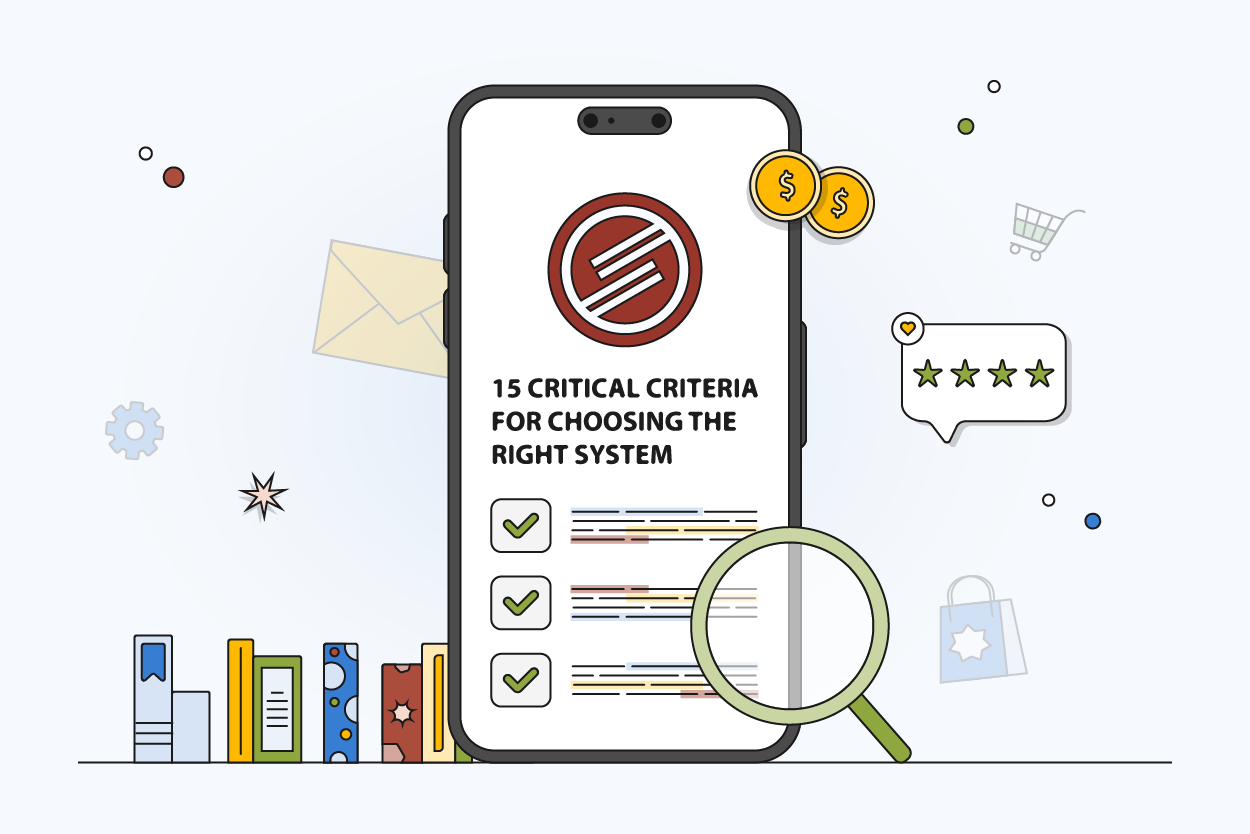PIMS - Golossary of Terms A through D
-
API - Application Programming Interface: A set of rules and protocols that allows different software applications to communicate with the PIMS (Product Information Management System.) It enables the PIMS to interact with other systems, such as eCommerce platforms, ERP (Enterprise Resource Planning) systems, or other business tools.
The API allows these systems to retrieve, update, and manage product data stored in the PIMS (Product Information Management System.) For example, an eCommerce platform might use the PIMS API to retrieve product details for display on a website, or an ERP system might use the API to update stock levels in the PIMS.
APIs are crucial for ensuring that product data is consistent and up-to-date across all systems and channels. They allow for real-time data synchronization, which can provide more accurate and timely information than other methods of data exchange, such as data feeds.
-
API Key: A unique identifier used to authenticate PIMS (Product Information Management System) access and ensure that it is interacting with the correct and authorized user, software or device. API keys often control what data is retured by the PIMS API.
-
Attribute: - A data field or place where you can put data. Any unit of data defined for processing is a data field. A product attribute is a characteristic or feature that helps to describe a product. These attributes can include physical properties like size, color, weight, or dimensions, as well as other details like price, manufacturer, brand, SKU (Stock Keeping Unit), and availability.
In the context of eCommerce and Product Information Management Systems (PIMS), product attributes are crucial for organizing and managing product data. They allow for detailed product descriptions and help customers make informed purchasing decisions. These attributes not only provide important information to the customer, but they can also be used for product filters, allowing customers to easily sort and find products that meet their specific needs or preferences.
For example, if you're selling a shirt, the product attributes might include:
- Size: Small, Medium, Large
- Color: Red, Blue, Green
- Material: Cotton, Polyester
- Brand: Brand X
- Price: $20
-
Audit Trail: A record of the sequence of activities that have affected at any time a specific operation, procedure, event or stored product data.
-
Brand Control: The practice of ensuring that your brand shows up consistently and correctly across all channels.
-
Category: Refers to a specific group or class of products that share similar characteristics. It's a hierarchical method of organizing products.
-
Classification: The process of categorizing products into different groups or categories. Product classification is the systematic organization of products into distinct categories based on their characteristics, features, or other related criteria. This process is crucial in the retail and eCommerce industry as it helps in managing a wide range of products effectively. It also aids in improving the shopping experience for customers, making it easier for them to find and compare products.
-
Cloud: A technology that allows us to access our files and/or services through the internet from anywhere in the world.
-
CRM – Customer-Relationship-Management: A strategy for managing a company's relationships and interactions with customers and potential customers.
-
Dashboard: A PIMS (Product Information Management System) dashboard is a graphical interface that provides a centralized view of key product data and metrics. It's designed to help users monitor and manage product information more effectively.
The specific features and data displayed on a (Product Information Management System) PIMS dashboard can vary depending on the system and the user's needs.
-
Data Feed: A PIMS (Product Information Management System) data feed is a method of transferring product data from the PIMS to other systems or platforms. This data can include product descriptions, specifications, images, prices, and other relevant information.
Data feeds are typically used to distribute product information to various sales channels, such as eCommerce websites, marketplaces (like Amazon or eBay), social media platforms, and more. They ensure that all channels have consistent, up-to-date product information, which is crucial for providing a good customer experience and maintaining brand consistency.
Data feeds can be delivered in various formats, such as CSV (Comma Separated Values), XML (eXtensible Markup Language), or via APIs (Application Programming Interfaces). The choice of format often depends on the requirements of the receiving system or platform.
It's important to note that while data feeds are a common method of distributing product information, they can have limitations, such as delays in data updates. This is why some businesses prefer to use real-time API connections, which can provide more timely and accurate data synchronization between systems.
Data Source: The location where data that is being used originates from.
-
Data Types: In a Product Information Management System (PIMS), data types refer to the kind of information that can be stored and managed within the system. These data types are used to define product attributes and can vary depending on the specific needs of the business and the nature of the products. Here are some common data types you might find in a PIMS:
-
Text: This data type is used for textual information, such as product names, descriptions, or any other textual attribute.
-
Numeric: This data type is used for numerical values, such as product dimensions, weight, or quantity.
-
These data types allow a (Product Information Management System) PIMS to handle a wide range of product information and ensure that it's stored and managed in a consistent and structured way.
-
Boolean: This data type is used for attributes that have only two possible values, such as true/false or yes/no. For example, an attribute like "Is this product available?" could be a Boolean.
-
Date/Time: This data type is used for date and time values, such as the product creation date or the last update time.
-
Images/Media: This data type is used for media files like product images, videos, or documents.
-
Lists: This data type is used for attributes that have a specific set of valid values. For example, a "color" attribute might have a list of valid colors.
-
References/Links: This data type is used for attributes that reference other data, such as a link to a supplier or a reference to another product.
-
Localization: This data type is used for attributes that need to be localized for different markets, such as product descriptions in different languages.
-
Complex Data types: In a Product Information Management System (PIMS), a complex data type is a type of data that is composed of multiple simple data types. These complex data types are often used to represent more detailed or structured information about a product.
One example of a complex data type in a PIMS could be a "Dimensions" attribute. This attribute might be a structured object that includes several sub-attributes, each of which is a simple data type. For example: Dimensions: Numeric (Length, Width, Height)
In this example, the "Product Specification" attribute is a complex data type because it's composed of multiple simple data types (text, numeric, and date/time). This allows the PIMS to store detailed and structured product specifications in a consistent way. It's important to note that the specific complex data types used in a PIMS can vary depending on the system and the nature of the products being managed.
-
-
DAM – Digital-Asset-Management: The practice of organizing, categorizing, locating, retrieving and storing digital assets like images, videos, etc.
Dealer: A person or business that buys and sells goods.
-
Digital Content Experience Platform: Software that enables the collection, curation, and distribution of digital content to a range of channels.
-
Digital Showroom: The collection of individual digital interactions that a customer may have with a product on their pathway to purchase.
-
Content Quality Intelligence: Allows brands, distributors, and retailers to assess the quality of the product content that they have distributed across channels.
Digital Assets: Any files that can be consumed on a digital device.
-
Digital Asset Management (DAM): The process of systematically storing, sharing, and controlling digital assets.
DMS – Document Management System: A system used to track, manage and store documents and reduce paper.
DTP-Document: Desktop Publishing Document, a document created by a desktop publishing software.
DQM – Data Quality Management: The process of checking, improving and maintaining the quality of data.
Blogs & Views

The Ultimate PIM Selection Guide: 15 Critical Criteria for Choosing the Right System
Your product data is a mess. Not because you’re doing anything wrong, but because your business is growing. SKUs are mul...

PIM Trends 2025: The Future of Product Data Management
Product data is now one of the most valuable assets in commerce. Every channel depends on it. Every customer touchpoint relie...

Examples of Multichannel Marketing Done Right: 5 Campaigns to Watch in 2025
Marketing is constantly evolving, and in 2025, the brands getting it right are the ones showing up where their customers are,...

Product Attributes in B2B Ecommerce: Best Practices and Examples for 2025
B2B buyers need clear, detailed information to make smart purchasing decisions. Product attributes serve as the backbone of t...